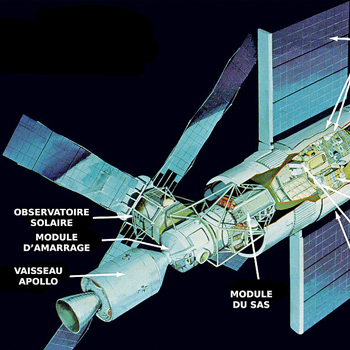Which planet do most exoplanets that we have discovered resemble?
2 Answers
Jupiter
Explanation:
Though a variety of methods are used to detect extrasolar planets, the easiest to detect are gas giants in close orbits to their stars, with a plane of motion that causes them to transit the star from our perspective.
Then the changes in apparent brightness of the star should be relatively easy to detect.
Smaller, rocky planets obviously cause significantly less variation in brightness, even if we are lucky enough that their plane of motion causes them to transit the star from our perspective.
Most known exoplanets resemble gas giants known as "hot Jupiters" as a result of being large objects orbiting close to they're host star.
Explanation:
Most known exoplanets that we have detected are likely or confirmed to be gas giants. This is because one of the most used detection techniques is the Transit technique.
This technique involves looking at a distance star's light curve (the changes in the brightness of star over a period of time). Most stars dim and brighten over time by a small bit. But if the light curve shows a periodic and large dip in brightness, this is a sign that something large is passing (or transiting) in front of it.
The reason most detected exoplanets are gas giants is simply because they're the easiest to detect. They cause a larger dip in the curve than a smaller planet would. A small planet's dip are masked by the star's normal dimming and brightening.
Imagine having a flashlight shining on a wall. If you pass a large object through the light beam, it has a large shadow. If you pass a smaller object through, it has a smaller shadow. The change in the light you see on the wall is similar to what you will see in a star's light curve. Now if you pass an object closer to flashlight, as opposed to closer to the wall, this changes the shadow as well.
This is why most exoplanets are "hot Jupiters". They're large gas giants that are hot because they pass very close to the star, resulting in a larger dip that is easier to see in the curve. They also have shorter orbits so they're more likely to be seen in a few weeks or month's time.


